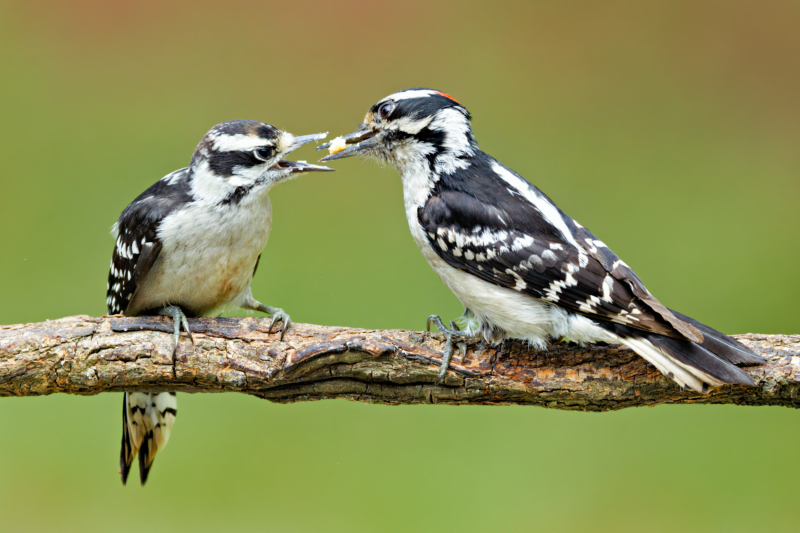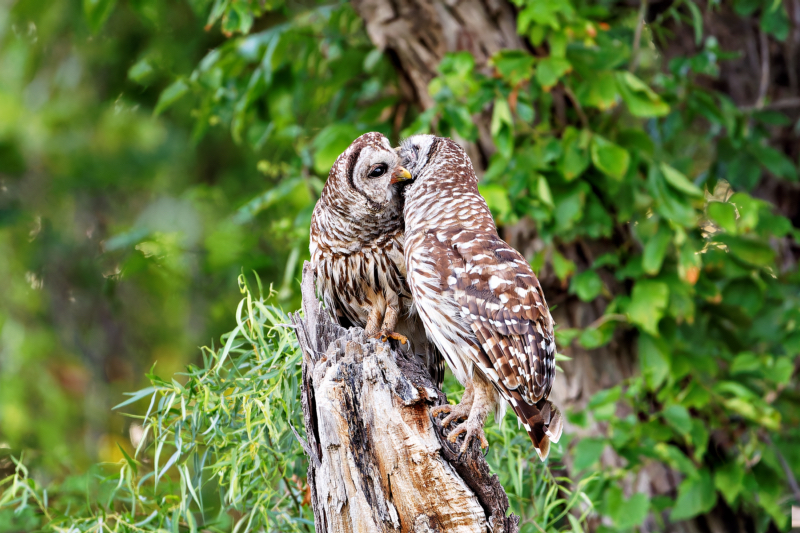Photographing animals as they interact brings emotion and depth to wildlife shots, transforming ordinary images into compelling visual stories. Whether it’s a mother nurturing her young, a predator stalking its prey, or playful social behavior, these moments create powerful and dynamic imagery. Capturing these interactions helps tell a story, drawing viewers into the natural world. Follow these tips to photograph animal interactions effectively.

1. Observe and Anticipate Animal Interactions
- Spend time watching animal movements before taking shots.
- Learn key body language cues that signal interaction.
- Be patient, great moments often require long waits.

2. Best Camera Settings for Animal Interactions Photography
- Shutter Speed: Use 1/1000s or faster to freeze action.
- Aperture: f/5.6 – f/8 ensures sharp focus on multiple subjects.
- ISO: Adjust based on lighting conditions to maintain clarity while avoiding excess noise.

3. Capture Eye Contact and Expressions in Wildlife Photography
- Capture animals looking at each other to highlight their connection.
- Zoom in on facial expressions to add emotion and storytelling depth.
- Use single-point autofocus to keep the key subject sharp.

4. Perfect Composition for Capturing Animal Interactions
- Include habitat elements to enhance storytelling.
- Apply the rule of thirds for a well-balanced shot.
- Leave space in the frame for movement and interaction.

5. Utilize Burst Mode for Action-Packed Wildlife Shots
- Enable continuous high-speed shooting to catch split-second reactions.
- Review and select the best frames in post-processing to highlight the most impactful moments.

6. Enhance Images in Post-Processing
- Increase contrast and sharpness to highlight details.
- Adjust colors and exposure for a natural, vivid look.
- Crop strategically to strengthen the storytelling element and improve composition.

Common Questions About Photographing Animal Interactions
How can I tell when an interaction is about to happen?
Watch their body language. Look for alert ears, raised tails, or repeated eye contact. These signs often happen just before play, feeding, or conflict. Stay still and ready.
What shutter speed should I use for fast action?
Start at 1/1000 second. If light is good, go to 1/2000 second for birds or chasing mammals. Raise ISO if needed. It’s easier to fix grain than motion blur.
Do I always need to use burst mode?
Use high-speed burst for fast or unpredictable movement. For slow behavior like grooming, single-shot is fine and saves card space. Check your shots in the field.
How do I keep both animals sharp?
Use f/8 or f/9 and focus on the closer animal. A smaller aperture gives you more depth of field but still keeps some background blur.
How close is too close when photographing interactions?
Stay far enough that the animals act natural. About 50 yards for large mammals and 25 yards for most birds. Use a long lens, stay quiet, and back off if you see stress signs like stiff posture or alarm calls.
Final Thoughts
Photographing animal interactions requires patience, quick reflexes, and an understanding of behavior. With the right techniques, you can capture compelling wildlife moments that tell unforgettable stories. Take your camera out into the field, observe nature closely, and put these tips into practice. With time and dedication, you’ll develop the skills needed to create stunning wildlife narratives that resonate with viewers.

this is a master post, Steve!
Each photo is a masterpiece on it’s own!
Congratulations!
Thank you, Sue!